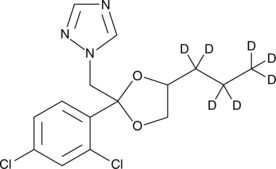Reactive Oxygen Species
Reactive oxygen species (ROS), such as superoxide anion (O2-), hydrogen peroxide (H2O2), and hydroxyl radical (HO•), consist of radical and non-radical oxygen species formed by the partial reduction of oxygen. Cellular ROS are generated endogenously during mitochondrial oxidative metabolism as well as in cellular response to xenobiotics, cytokines, and bacterial invasion.
ROS also activates MAPK pathways by the direct inhibition of MAPK phosphatases. Through PTEN, the PI3K pathway is subject to reversible redox regulation by ROS generated by growth factor stimulation. The activation of autophagy may be a cellular defense mechanism in response to ROS.
Targets for Reactive Oxygen Species
Products for Reactive Oxygen Species
- Cat.No. Product Name Information
-
GC13795
Isobavachalcone
A chalcone and flavonoid with diverse biological activities
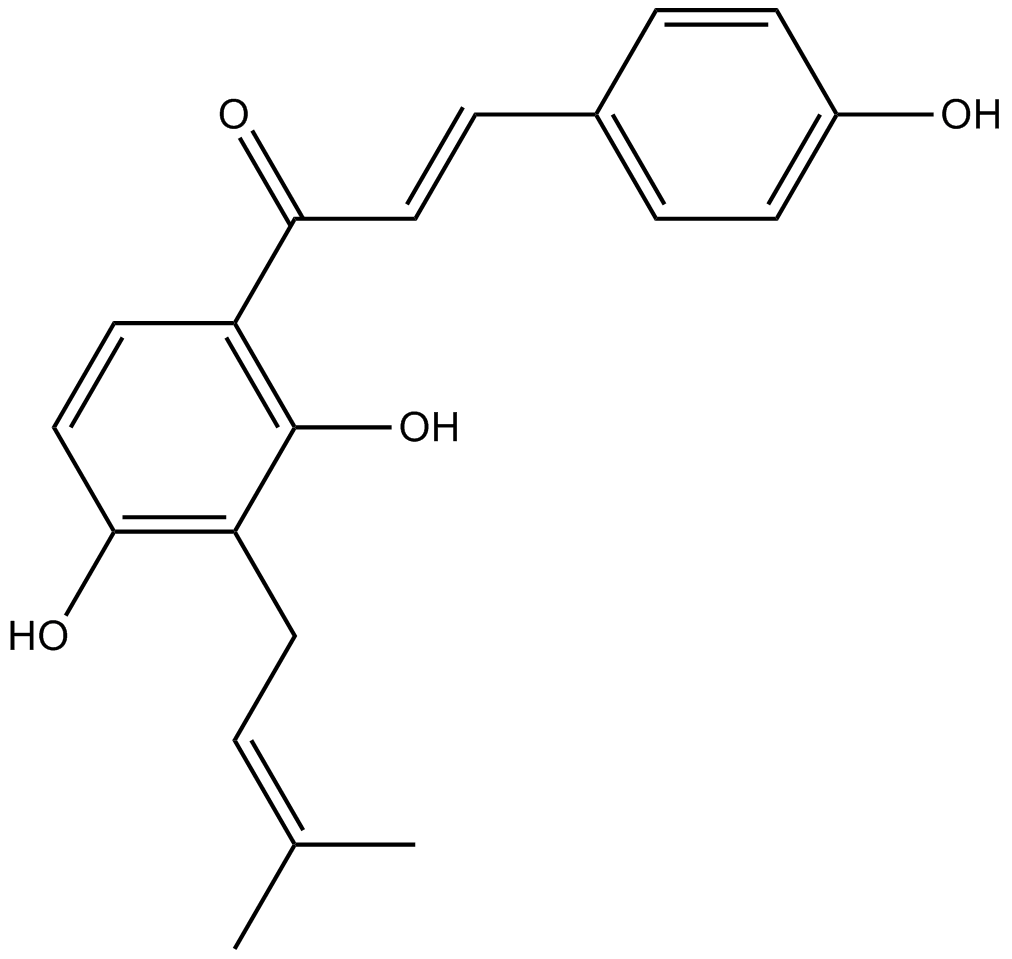
-
GN10264
Isochlorogenic acid A
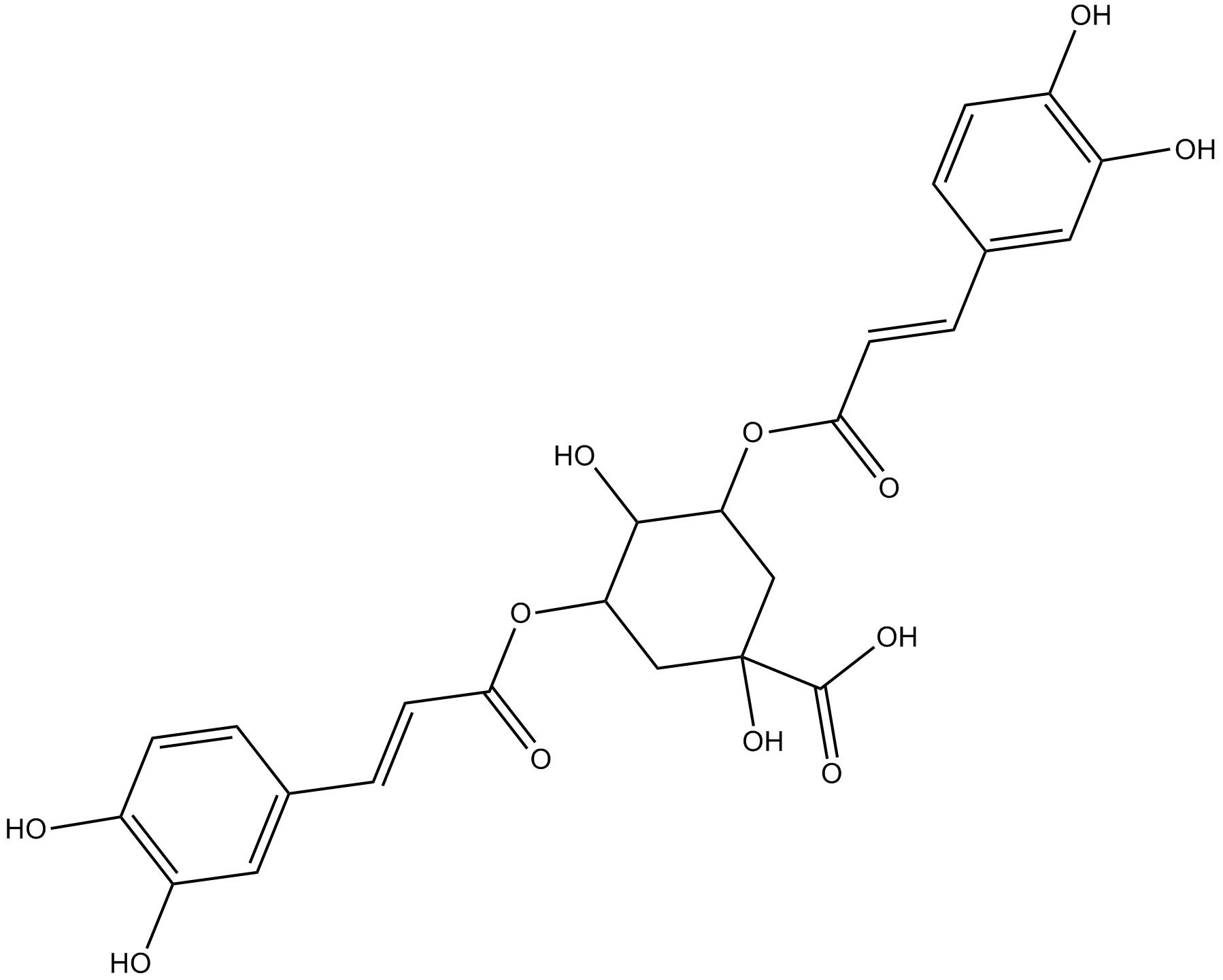
-
GC39109
Isodeoxyelephantopin
Isodeoxyelephantopin is a sesquiterpene lactone isolated from Elephantopus scaber. Isodeoxyelephantopin induces ROS generation, suppresses NF-κB activation. Isodeoxyelephantopin also modulates LncRNA expression and exhibit activities against breast cancer.
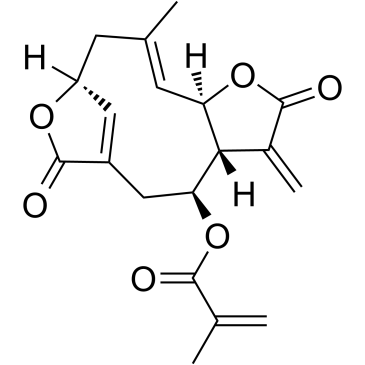
-
GC52027
Isolariciresinol
A lignan with diverse biological activities
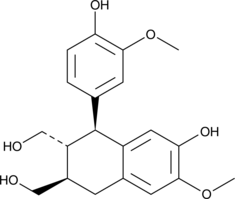
-
GN10041
Isoquercitrin
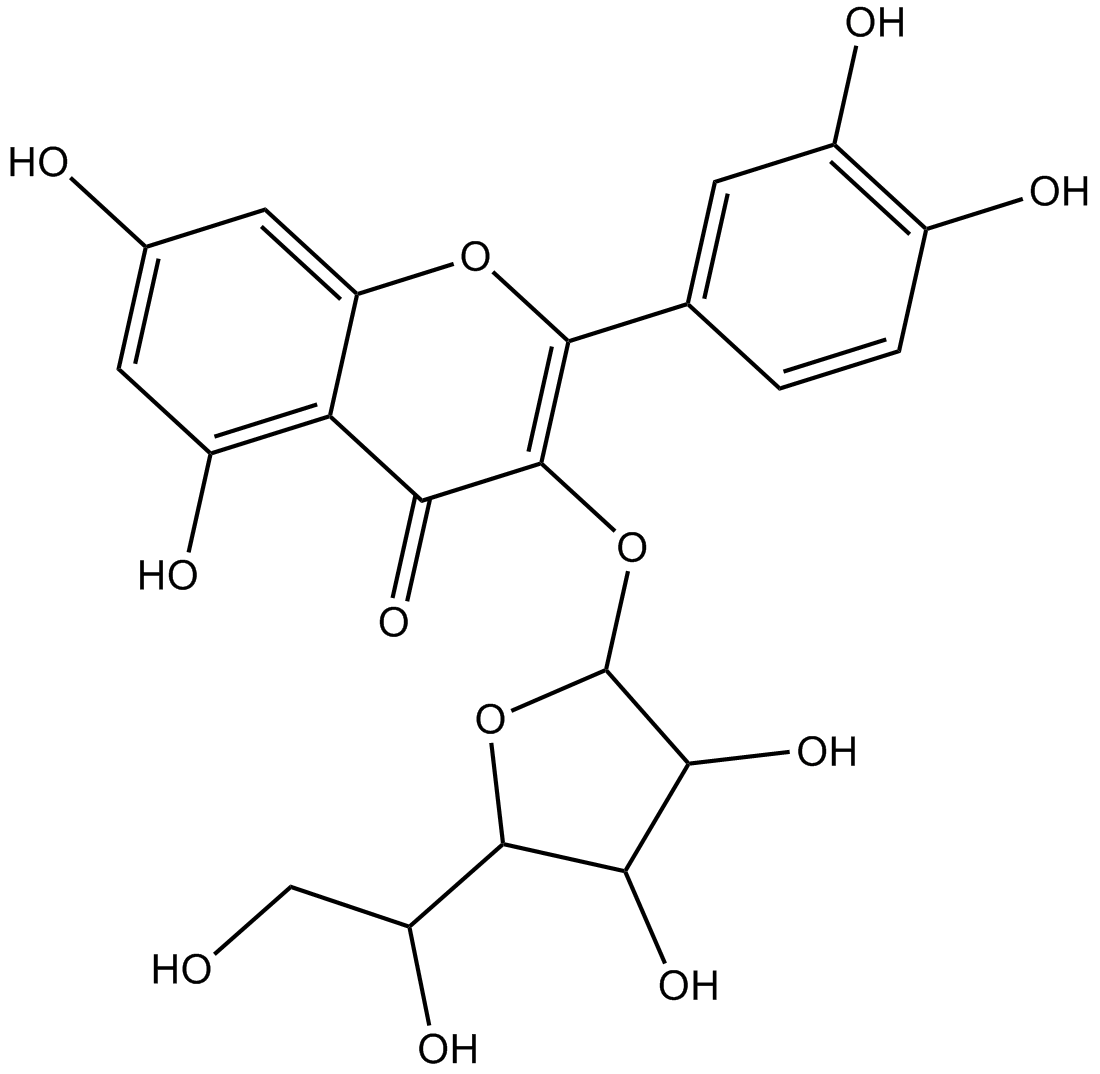
-
GC31272
Isosteviol ((-)-Isosteviol)
Isosteviol ((-)-Isosteviol) ((-)-Isosteviol ((-)-Isosteviol)) is a derivative of Stevioside through acid catalyzed hydrolysis of Stevioside.
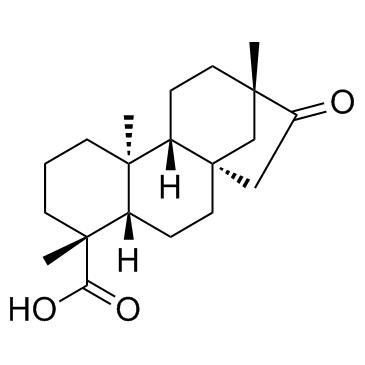
-
GC38803
J14
J14 is a reversible sulfiredoxin inhibitor with an IC50 of 8.1 μM. J14 induces oxidative stress (intracellular ROS accumulation) by inhibiting sulfiredoxin, leading to cytotoxicity and cancer cell death.
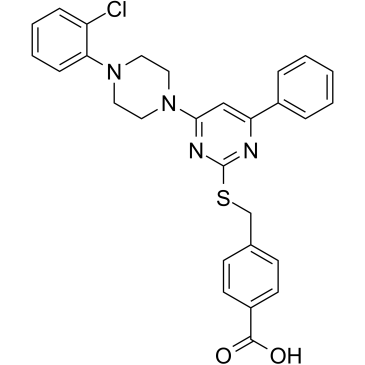
-
GC47477
JKE-1674
A GPX4 inhibitor and active metabolite of ML-210
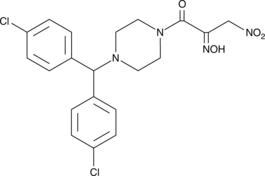
-
GC47478
JKE-1716
A GPX4 inhibitor
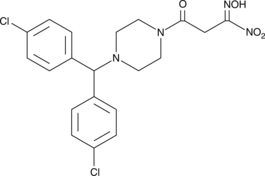
-
GC48507
Kaempferol 3-O-galactoside
Kaempferol 3-O-galactoside (Trifolin) is a derivative of flavonoid, which is isolated from the aerial part of Consolida oliveriana.
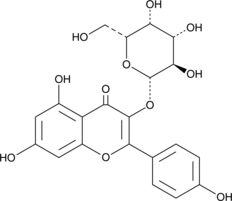
-
GC49372
Kaempferol 7-neohesperidoside
A flavonoid glycoside with antioxidant and anticancer activities
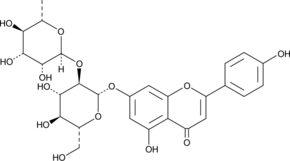
-
GC11770
Ketone Ester
A ketone ester with anti-obesity and anticonvulsant activities
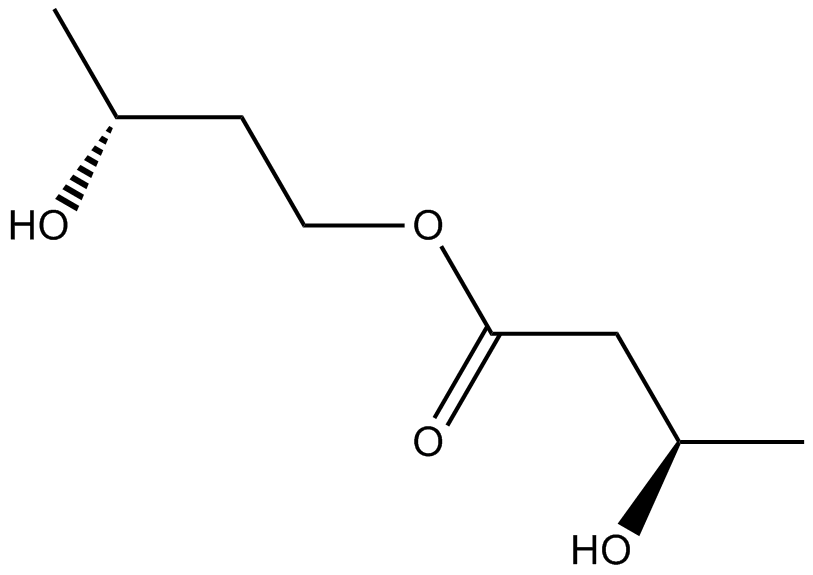
-
GC49436
L-3-n-Butylphthalide
A phthalide with antiplatelet and neuroprotective activities
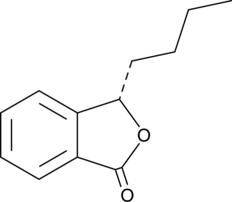
-
GC11707
L-Ascorbyl 6-palmitate
L-Ascorbyl 6-palmitate is an ester formed from ascorbic acid and palmitic acid creating an vitamin C, it is also used as an antioxidant food additive.

-
GC52283
L-Cysteine-15N-d3
An internal standard for the quantification of L-cysteine
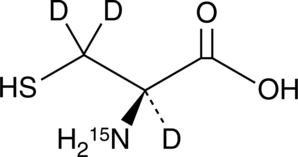
-
GC12203
L-Glutathione Reduced
Used to elute GST from glutathione agarose
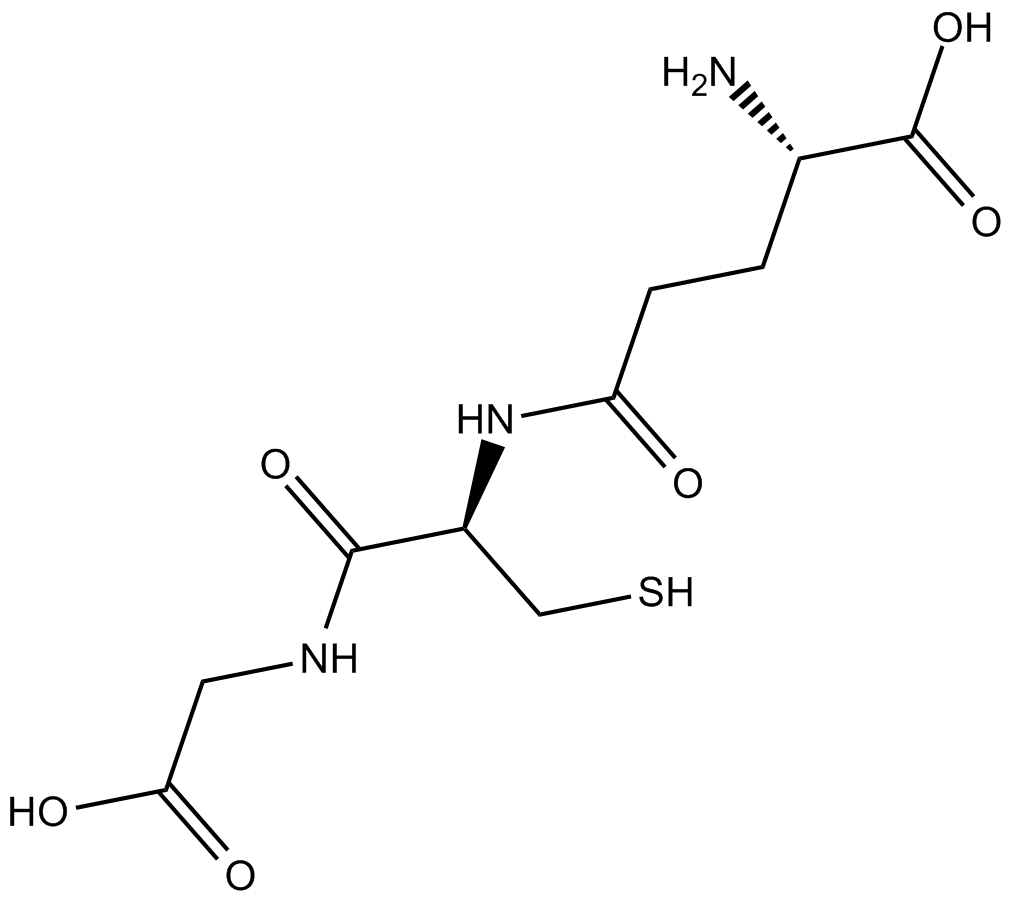
-
GC49560
L6H21
L6H21, a Chalcone derivative, is an orally active, potent and specific myeloid differentiation 2 (MD-2) inhibitor.
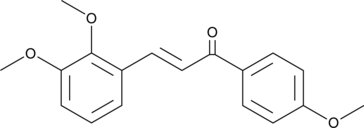
-
GC15550
Lacidipine
L-type calcium channel blocker
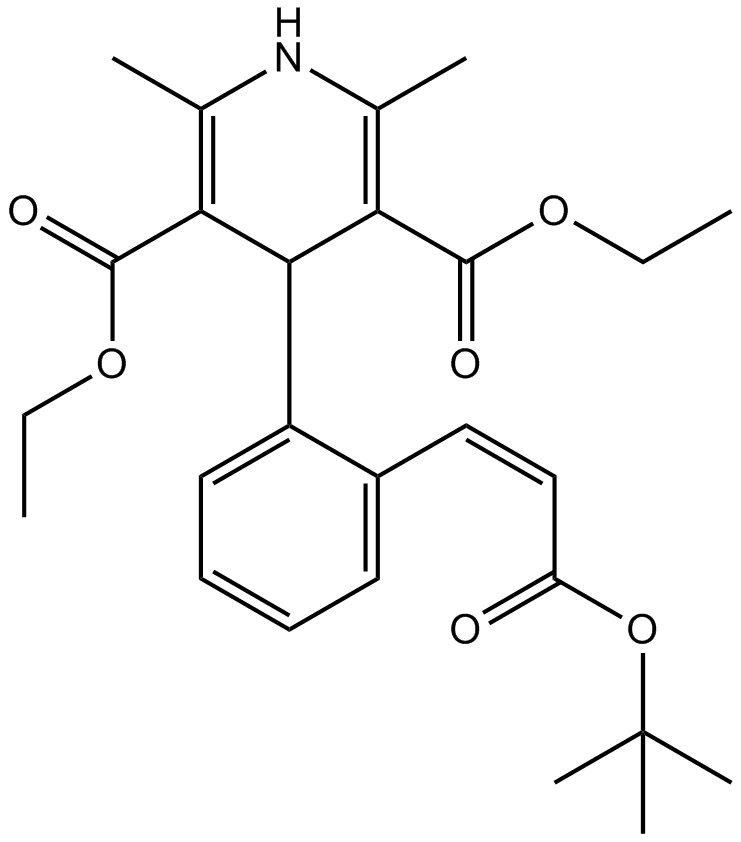
-
GC18190
Lecanoric Acid
Lecanoric acid is a naturally occurring depside polyphenol isolated from a variety of lichens.
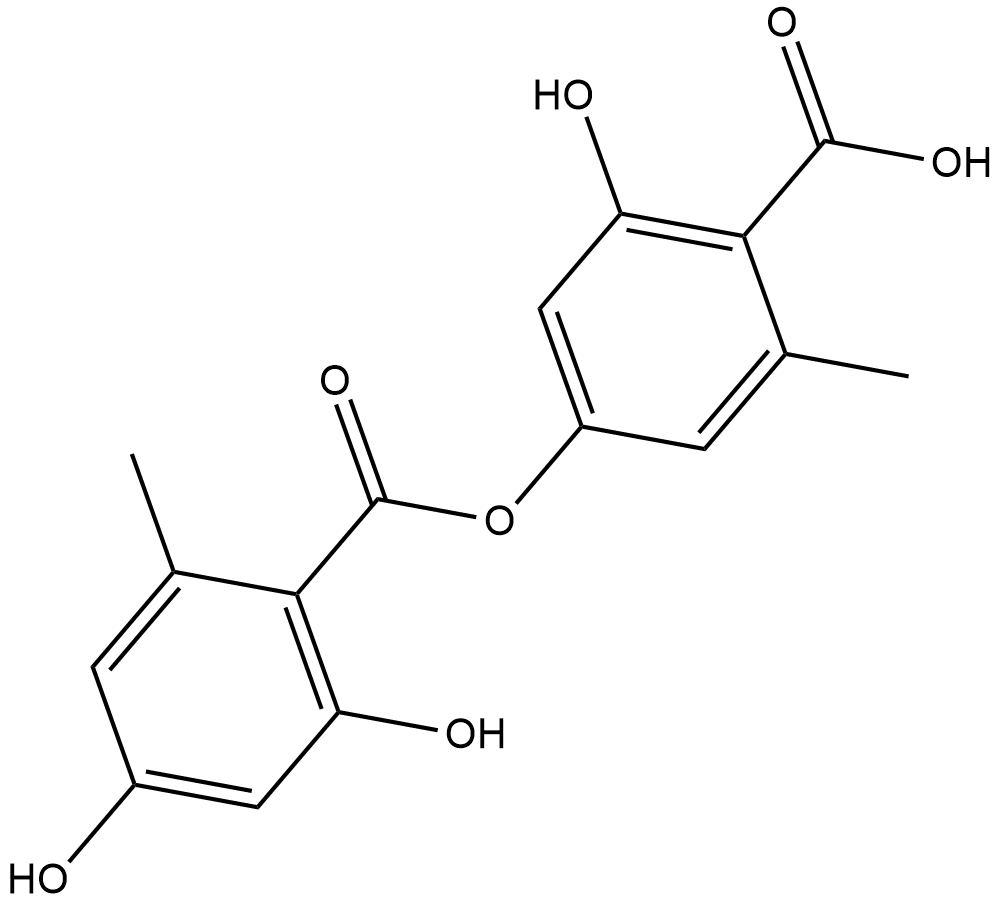
-
GC45917
Leucettine L41
An inhibitor of DYRK1A, DYRK2, CLK1, and CLK3
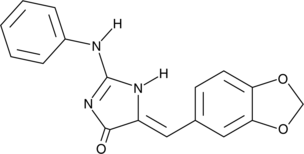
-
GC47556
Leukotriene B4-d4
A quantitative analytical standard guaranteed to meet MaxSpec® identity, purity, stability, and concentration specifications

-
GC49597
Leukotriene B4-d5
An internal standard for the quantification of LTB4

-
GC36443
Levomefolic acid
Levomefolic acid (5-MTHF) is an orally active, brain-penetrant natural active form of folic acid and is one of the most widely used folic acid food supplements.
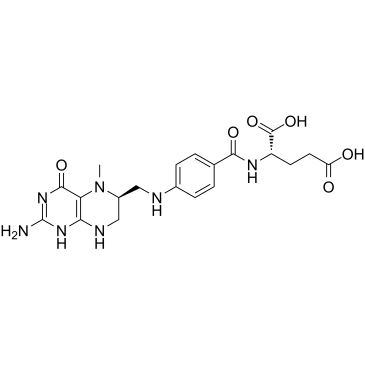
-
GN10423
Lipoic acid

-
GN10582
Liquiritin
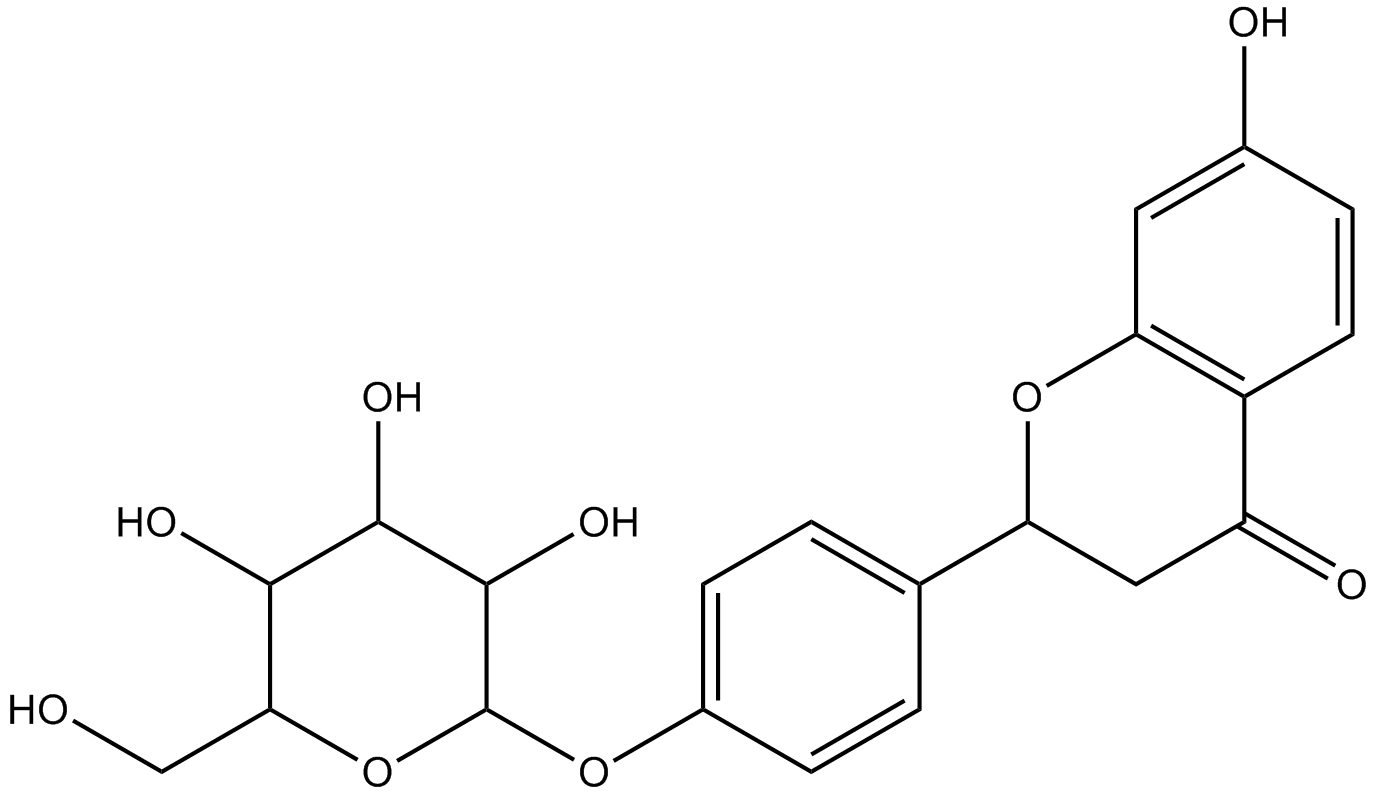
-
GC18789
Lobaric Acid
Lobaric acid is a depsidone metabolite that has been isolated from Stereocaulon lichen species with antioxidant, antiproliferative, antiviral, and enzyme inhibitory activites.
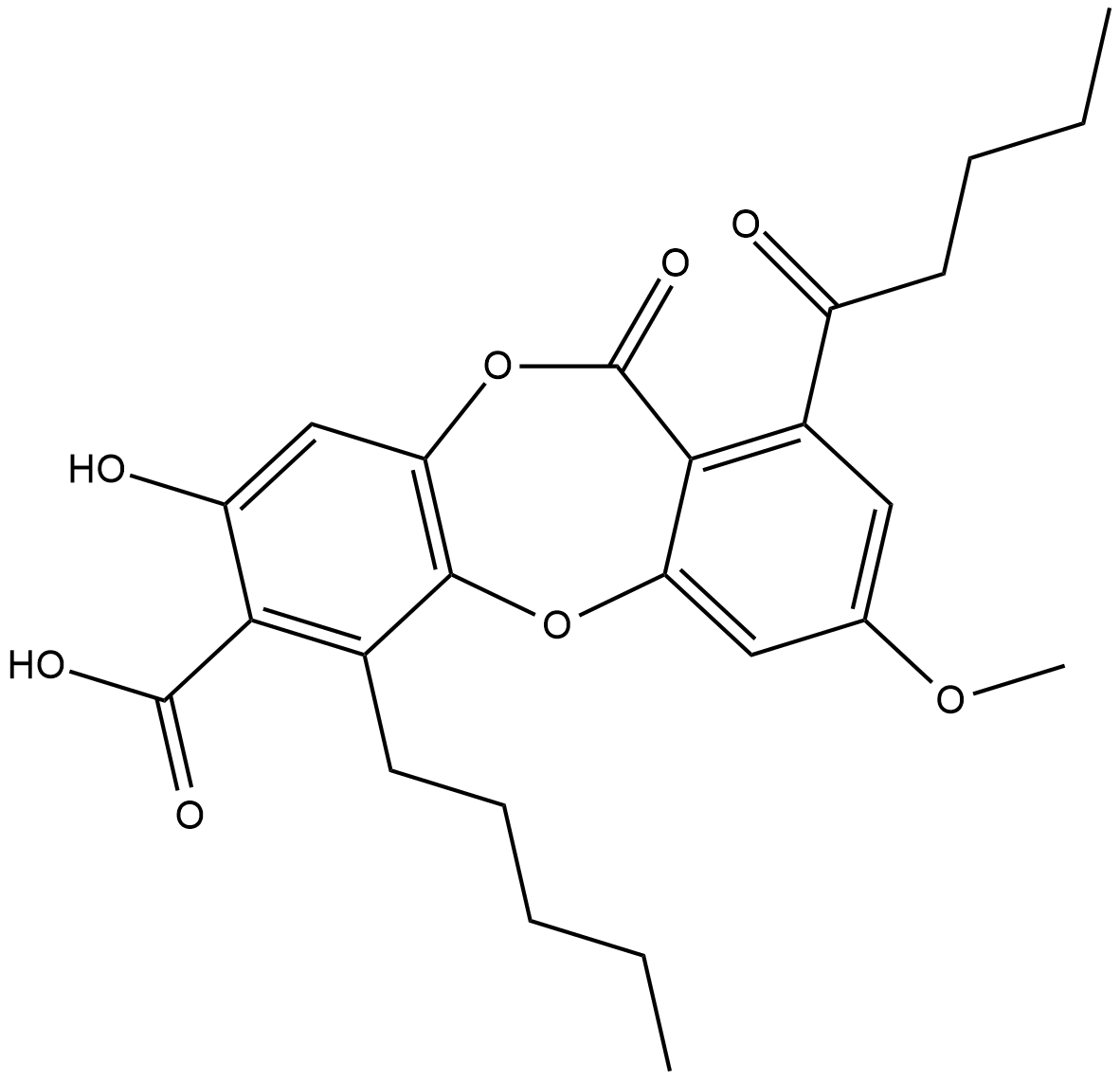
-
GN10569
Lobetyolin
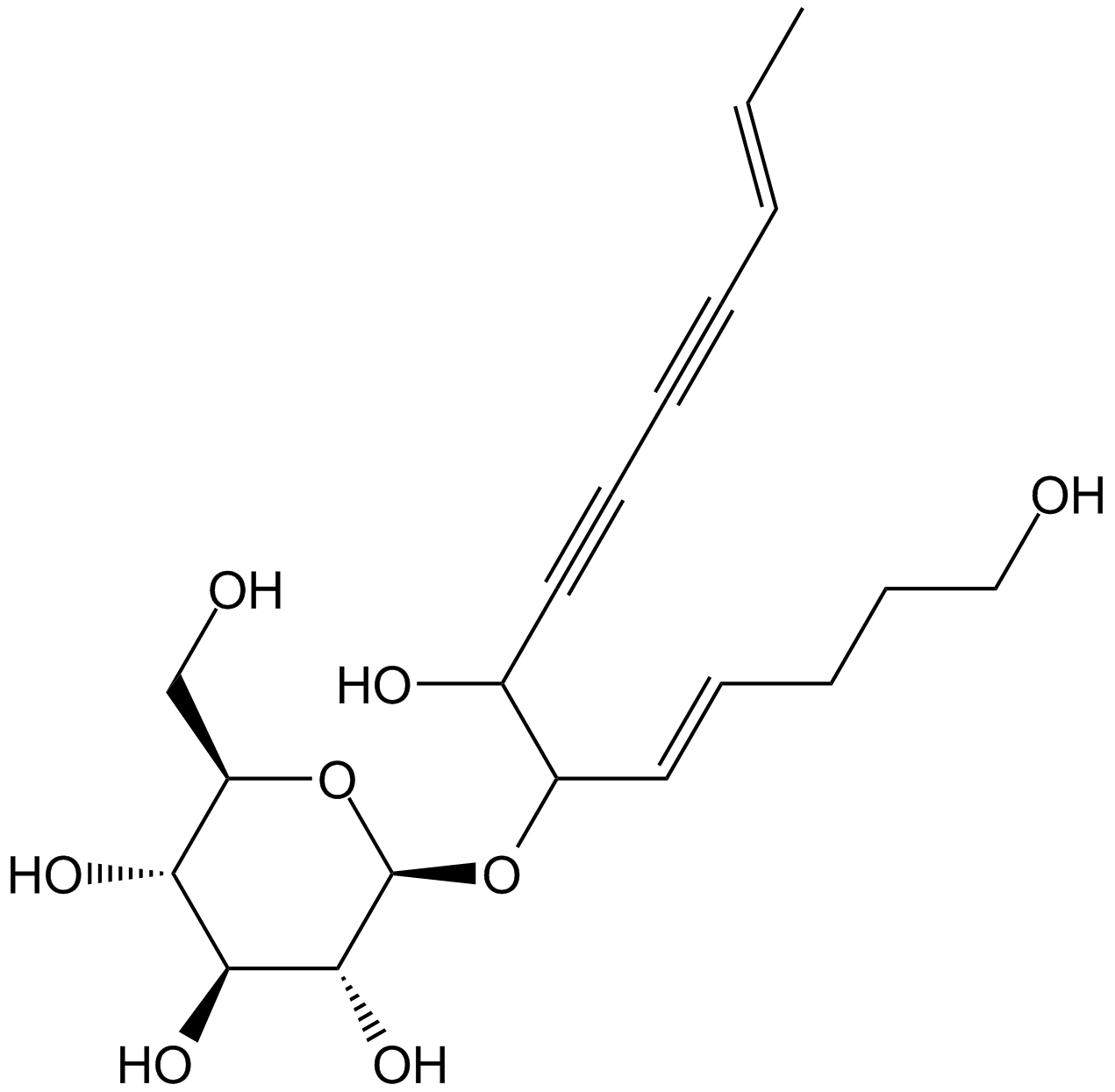
-
GC49177
Loliolide
A monoterpene lactone with diverse biological activities
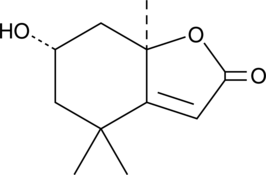
-
GC36492
Luciferase
Luciferase from Vibrio fischeri has also been used in a study to investigate the sensitivity of dark mutants of various strains of luminescent bacteria to reactive oxygen species.
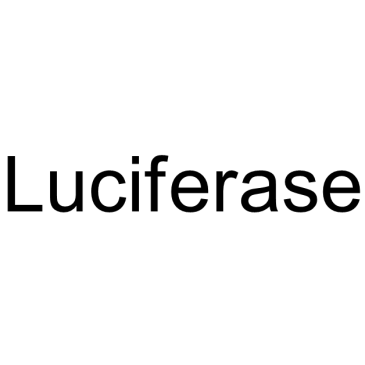
-
GC63049
Luciferase-IN-1
Luciferase-IN-1 is a luciferase inhibitor.
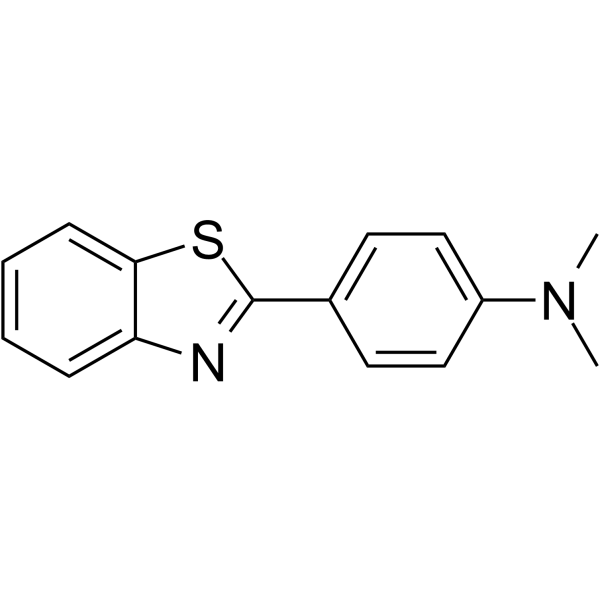
-
GC47582
Lupulone
A beta-acid
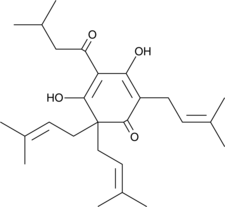
-
GC61015
Luteolin 5-O-glucoside
Luteolin 5-O-glucoside, a major flavonoidfrom Cirsium maackii, possesses anti-inflammatory activity.
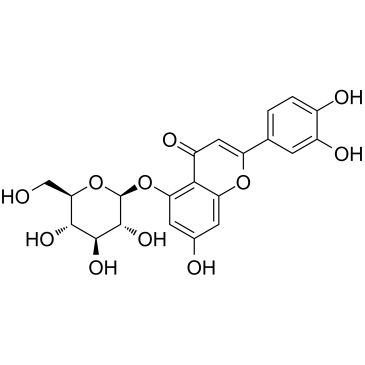
-
GN10448
Lycopene
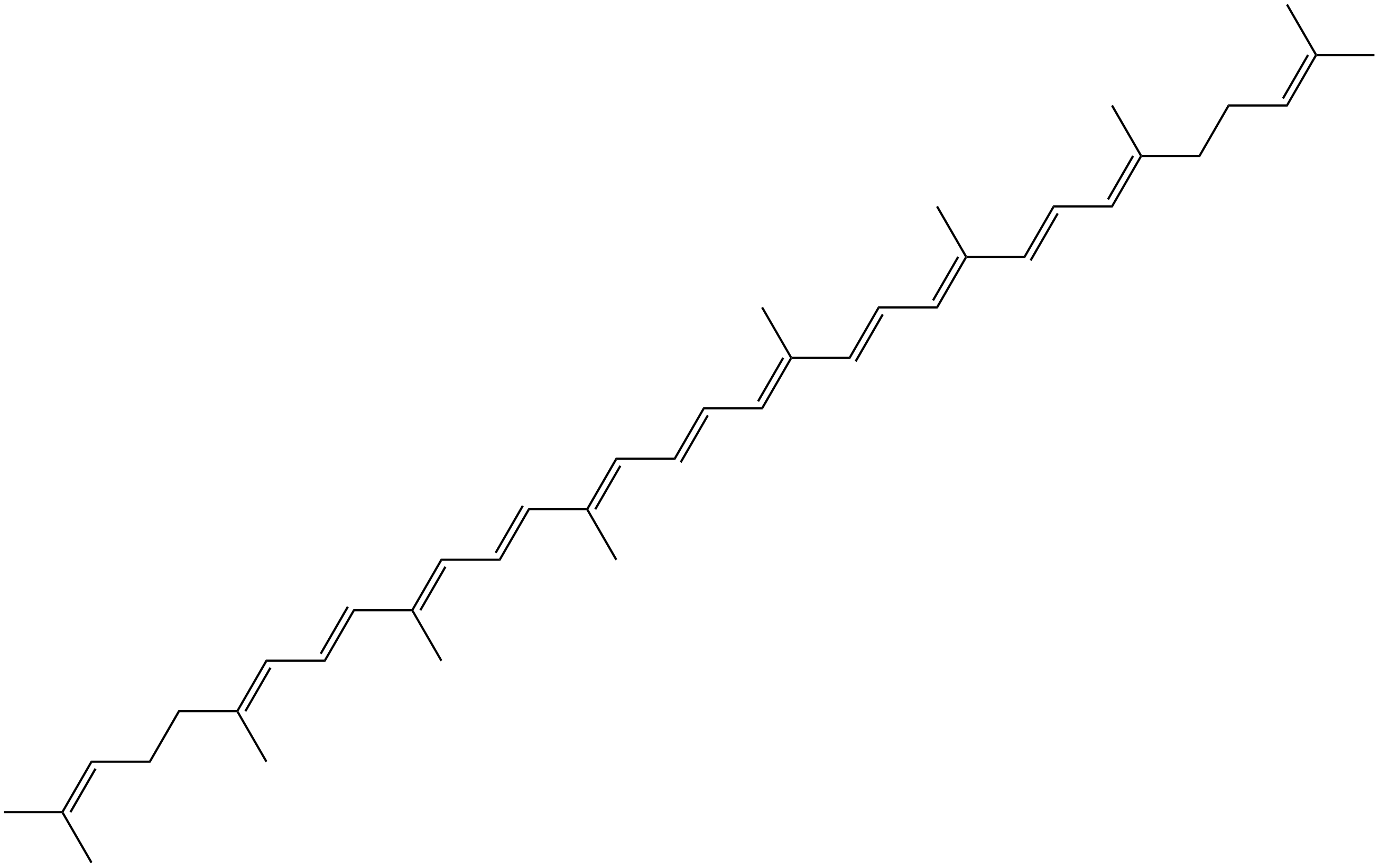
-
GC46031
Malabaricone B
A diarylnonanoid with diverse biological activities

-
GC46028
Malabaricone C
A diarylnonanoid with diverse biological activities

-
GC40979
Maresin 1
A 7,14-dihydroxy DHA formed from 14(S)-hydroperoxy DHA

-
GC49486
Meglutol-d3
An internal standard for the quantification of meglutol
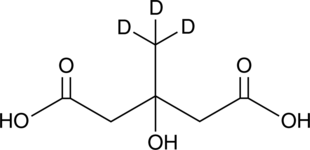
-
GC30500
Melittoside
An iridoid glycoside
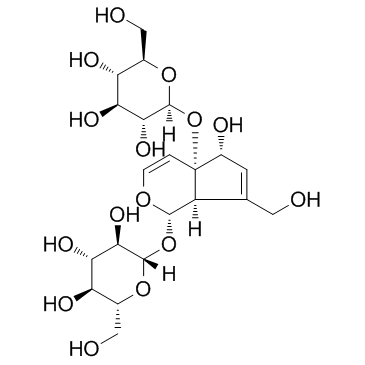
-
GC19759
Mesotrione
Mesotrione is a herbicide belongs to the benzoylcyclohexanedione family.
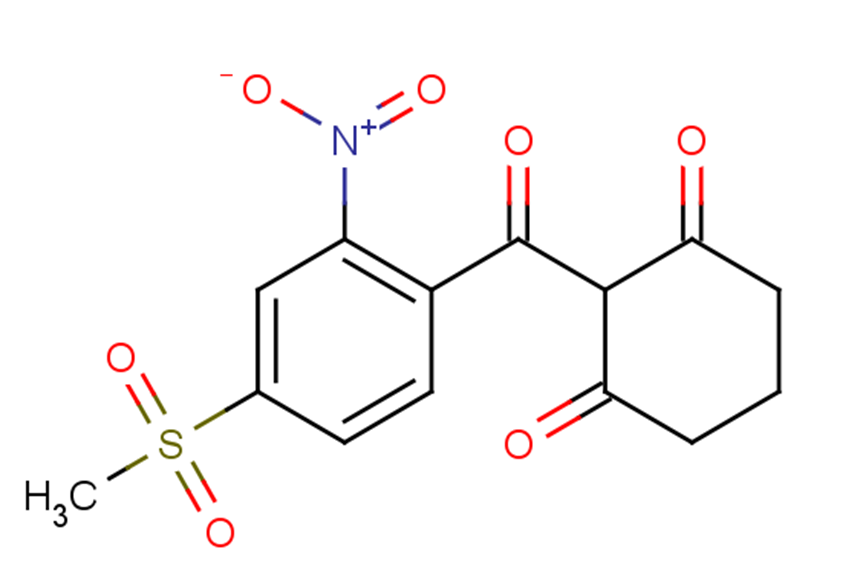
-
GC48889
Methazolamide-d6
An internal standard for the quantification of methazolamide
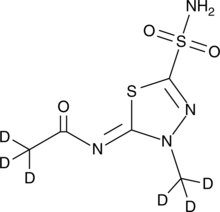
-
GC30046
Methoxy-PMS (1-Methoxy PMS)
Methoxy-PMS (1-Methoxy PMS) (1-Methoxy PMS), an active oxygen formation inducer, is stable electron-transport mediator between NAD(P)H and tetrazolium dyes.
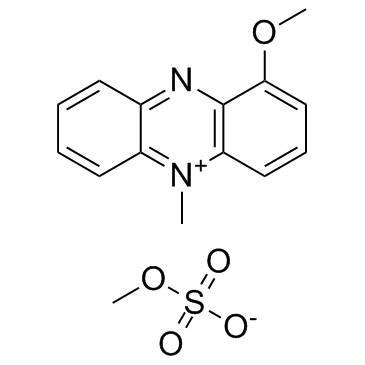
-
GC47659
Methyl 3,4-Dihydroxyphenylacetate
A polyphenol with antioxidant and antiviral activities
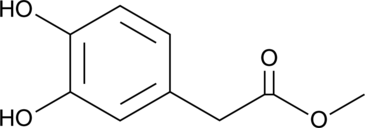
-
GC32170
Methyl gallate (Gallincin)
Methyl gallate (Gallincin) is a plant phenolic with antioxidant, anticancer, and anti-inflammatory activities.
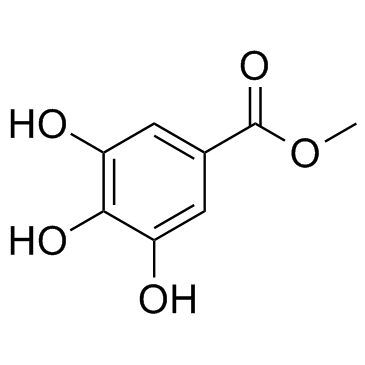
-
GC31794
Methyl vanillate
Methyl vanillate, one of the ingredients in Hovenia dulcis Thunb, is a Wnt/β-catenin pathway activator.
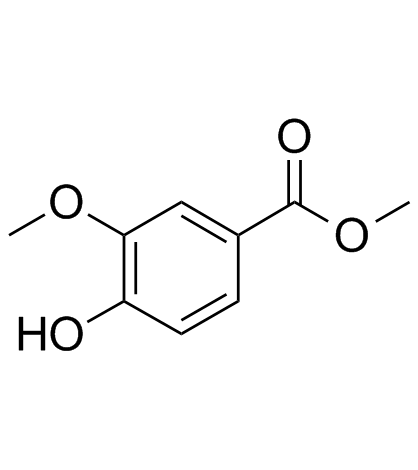
-
GC45513
MGR1
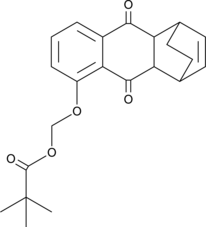
-
GC44190
MGR2
MGR2 is a negative control compound for the activity of the reactive oxygen species-generating probe MGR1.
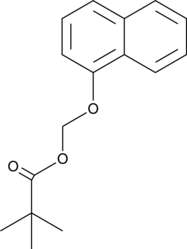
-
GC49521
MHY553
An agonist of PPARα
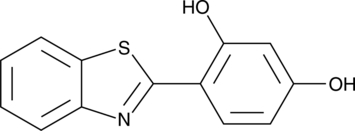
-
GC44191
MHY908
MHY908 is a dual agonist of peroxisome proliferator-activated receptor α (PPARα) and PPARγ that increases transcriptional activity of PPARα and PPARγ in a luciferase reporter assay in AC2F rat liver cells when used at a concentration of 5 μM.

-
GC62564
Mito-LND
Mito-LND (Mito-Lonidamine) is an orally active and mitochondria-targeted inhibitor of oxidative phosphorylation (OXPHOS). Mito-LND inhibits mitochondrial bioenergetics, stimulates the formation of reactive oxygen species, and induces autophagic cell death in lung cancer cells.
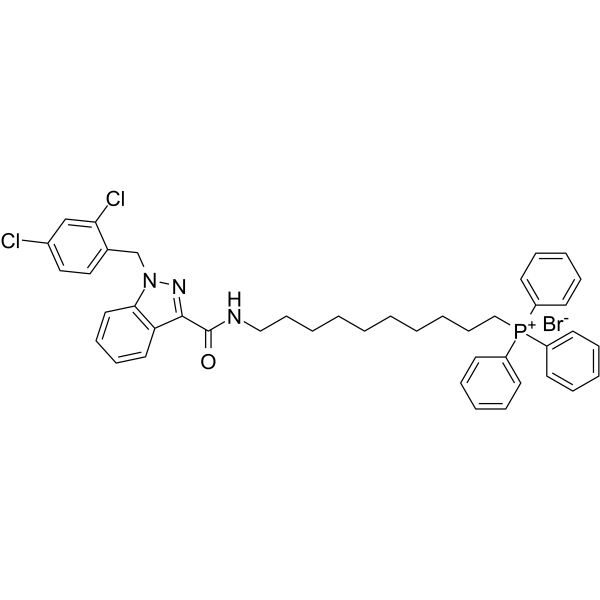
-
GC44199
MitoB
MitoB is a ratiometric mass spectrometry probe that can be used for assessing changes in H2O2 within mitochondria in vivo.
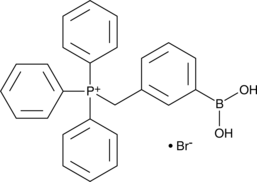
-
GC44201
MitoP
MitoP is a phenol product produced by the reaction of H2O2 with the ratiometric mass spectrometry probe MitoB.
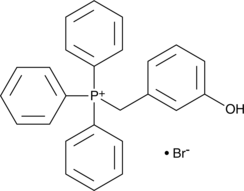
-
GC44204
MitoPQ
MitoPQ is comprised of a triphenylphosphonium lipophilic cation conjugated to the redox cycler paraquat.
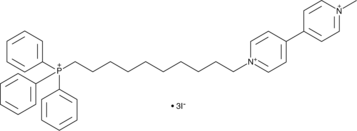
-
GC44205
Mitoquinol
Mitoquinol is a ubiquinone derivative that specifically accumulates in mitochondria due to the covalent attachment of the cation triphenylphosphonium.
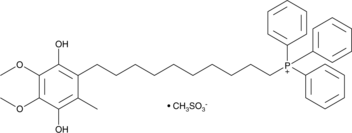
-
GC49222
Mitoquinol-d15
An internal standard for the quantification of mitoquinol
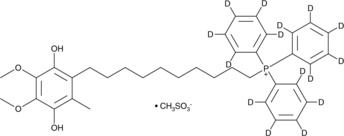
-
GC30416
Mitoquinone (MitoQ)
Mitoquinone (MitoQ) is a ubiquinone-derived antioxidant
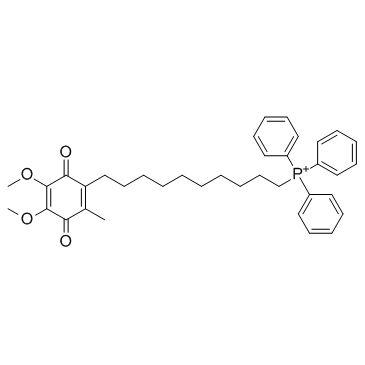
-
GC31292
Mitoquinone mesylate (Mitoquinone methanesulfonate)
Mitoquinone mesylate (Mitoquinone methanesulfonate) is a TPP-based, mitochondrially targeted antioxidant in order to protect against oxidative damage.
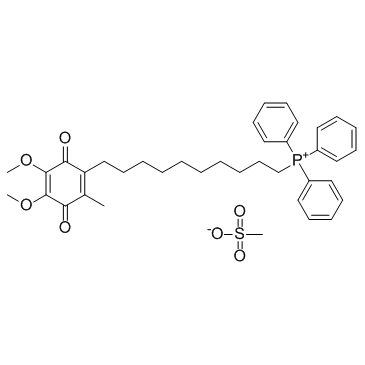
-
GC68230
MitoSOX Red
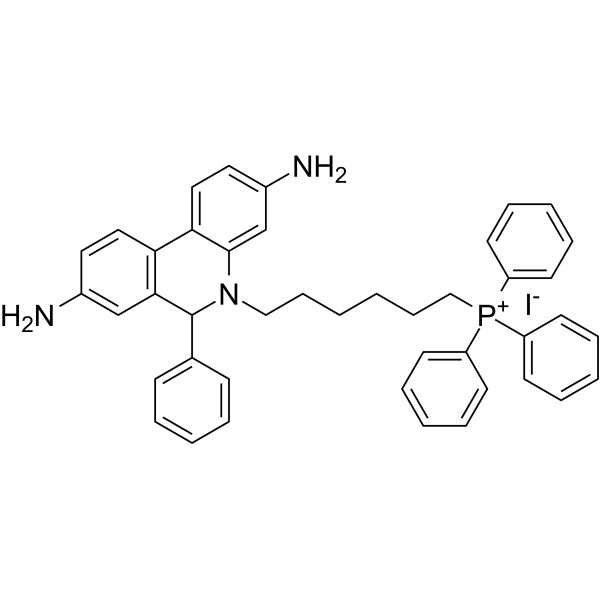
-
GC62406
Moracin O
Moracin O is a 2-arylbenzofuran isolated from the Mori Cortex Radicis.
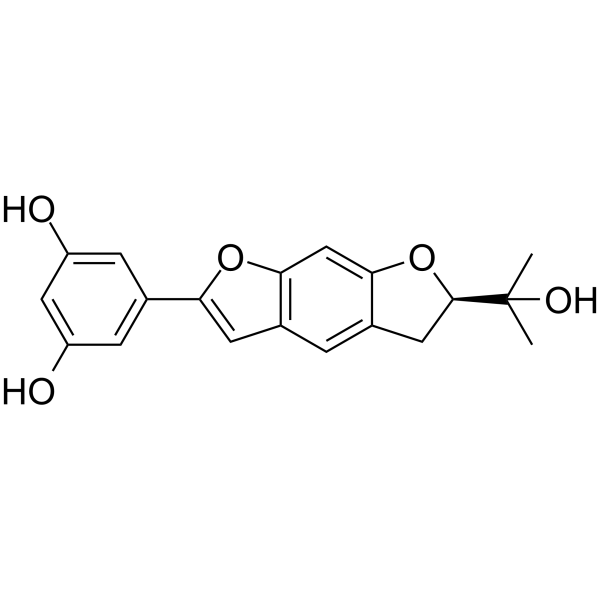
-
GC38978
Moslosooflavone
Moslosooflavone is a flavonoid isolated from Saussurea involucrata.
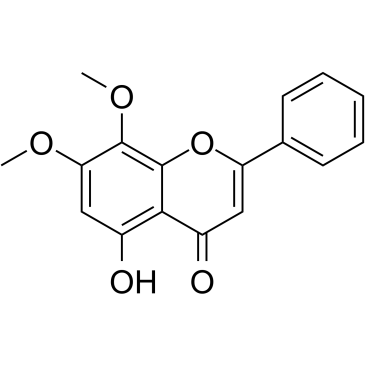
-
GC40298
N-acetyl-5-Aminosalicylic Acid
N-acetyl-5-Aminosalicylic acid is a metabolite of the anti-inflammatory agent 5-aminosalicylic acid and its prodrug form, sulfasalazine.
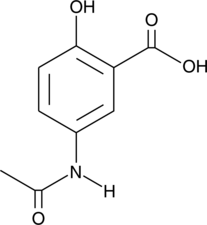
-
GC39756
N-Acetyl-D-cysteine
N-Acetyl-D-cysteine has antioxidant activities and scavenges ROS through the reaction with its thiol group, but cannot enter the glutathione metabolic pathway.
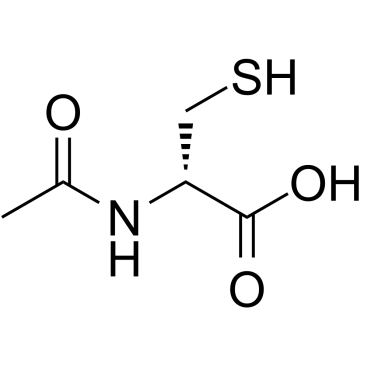
-
GC44301
N-acetyl-L-Cysteine amide
N-acetyl-L-Cysteine amide is a cell membranes and blood brain barrier permeant thiol antioxidant and neuroprotective agent, reduces ROS production.
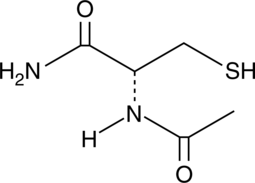
-
GC69530
N-Acetyldopamine dimer-2
N-Acetyldopamine dimer-2 (compound 2) is a N-acetyldopamine dimer with antioxidant and anti-inflammatory activity that can be isolated from the yellow powder of cicada skin. N-Acetyldopamine dimer-2 inhibits oxidation of low-density lipoprotein (LDL), generation of reactive oxygen species (ROS), nitric oxide (NO) production, and NF-κB activity.
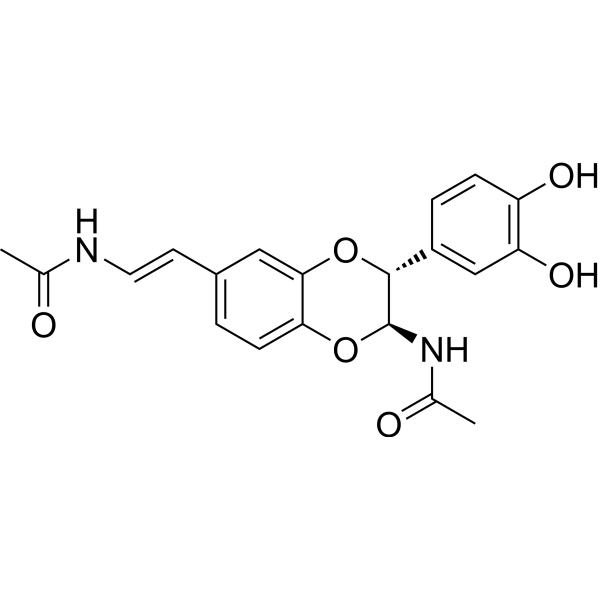
-
GC52073
N-formyl-2-Aminophenol
A bacterial secondary metabolite with antioxidant activity
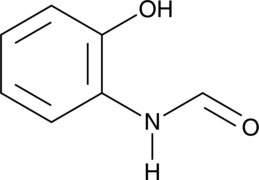
-
GC52007
N-hydroxylamine Dapsone
An active metabolite of dapsone
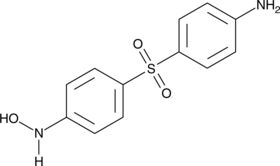
-
GN10276
Naringenin
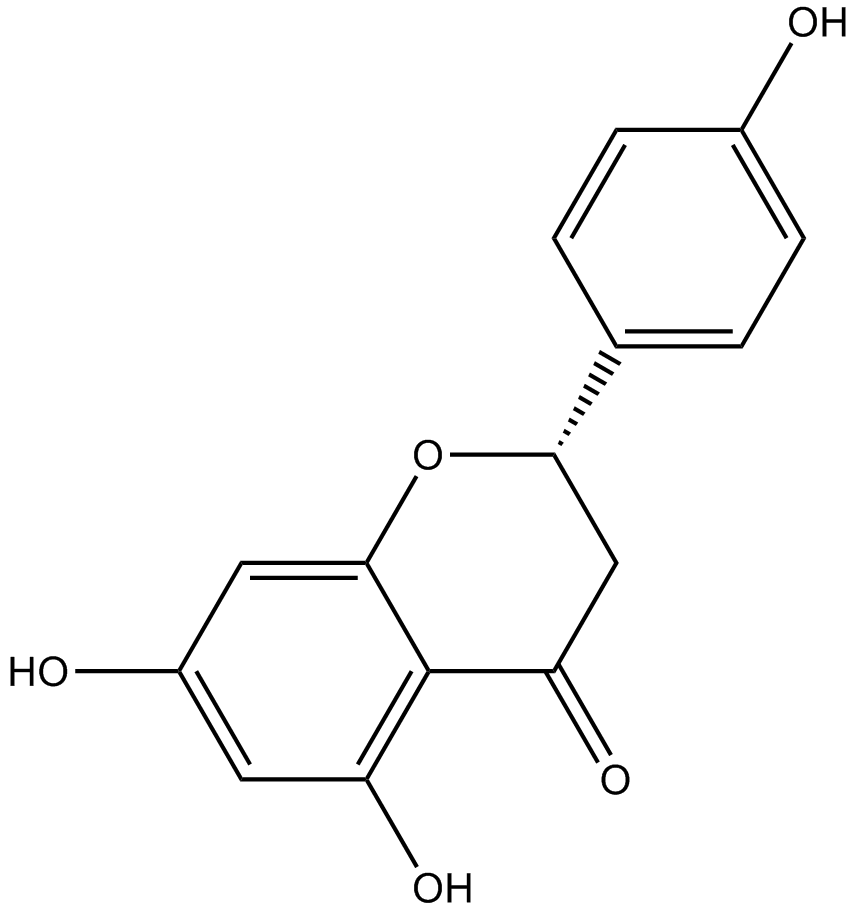
-
GN10550
Neosperidin dihydrochalcone
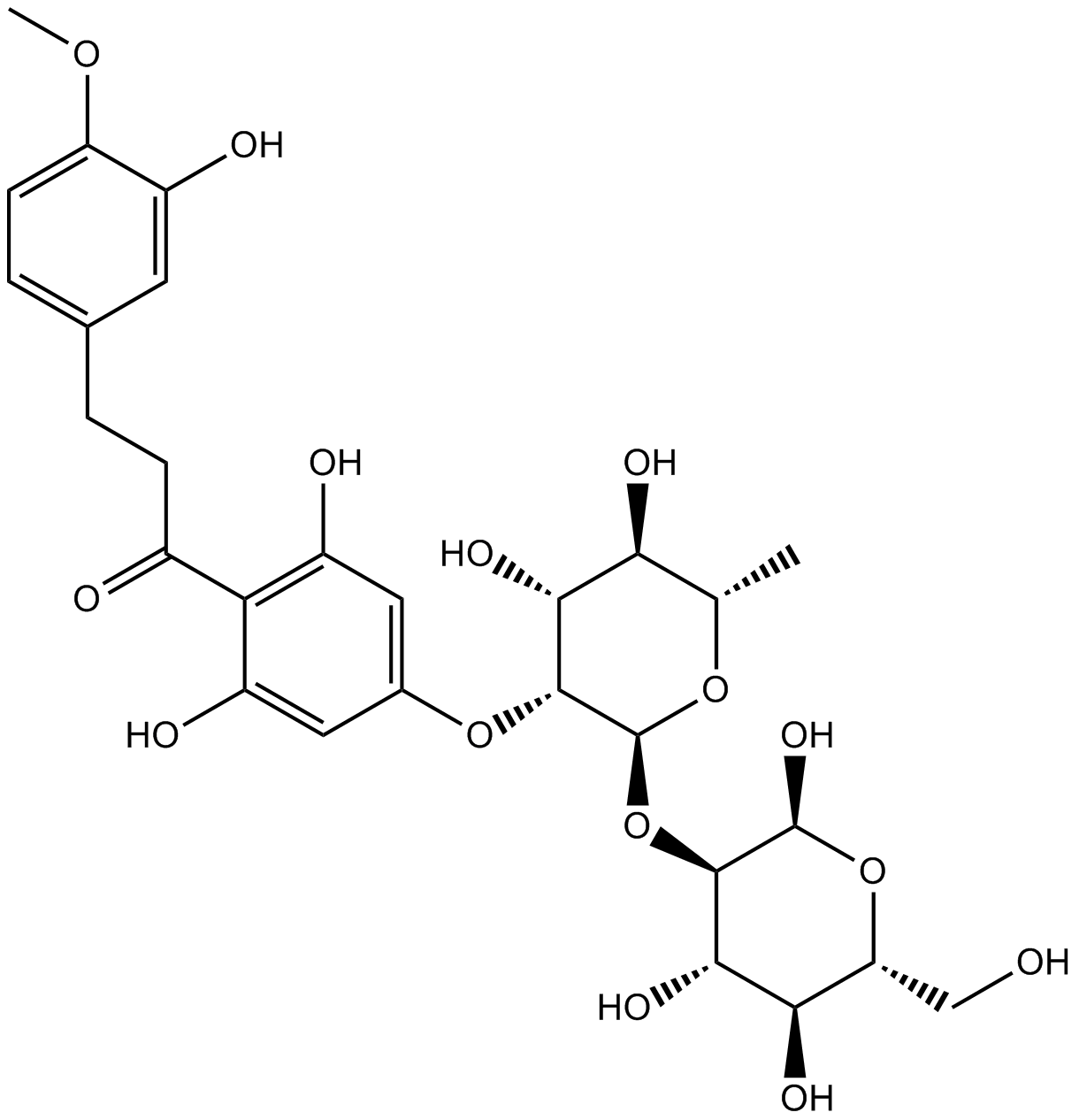
-
GC40669
Nerol
Nerol is a monoterpene and isomer of geraniol that has been found in a variety of plants, including Cannabis.

-
GC16889
Nisoldipine
calcium channel blocker
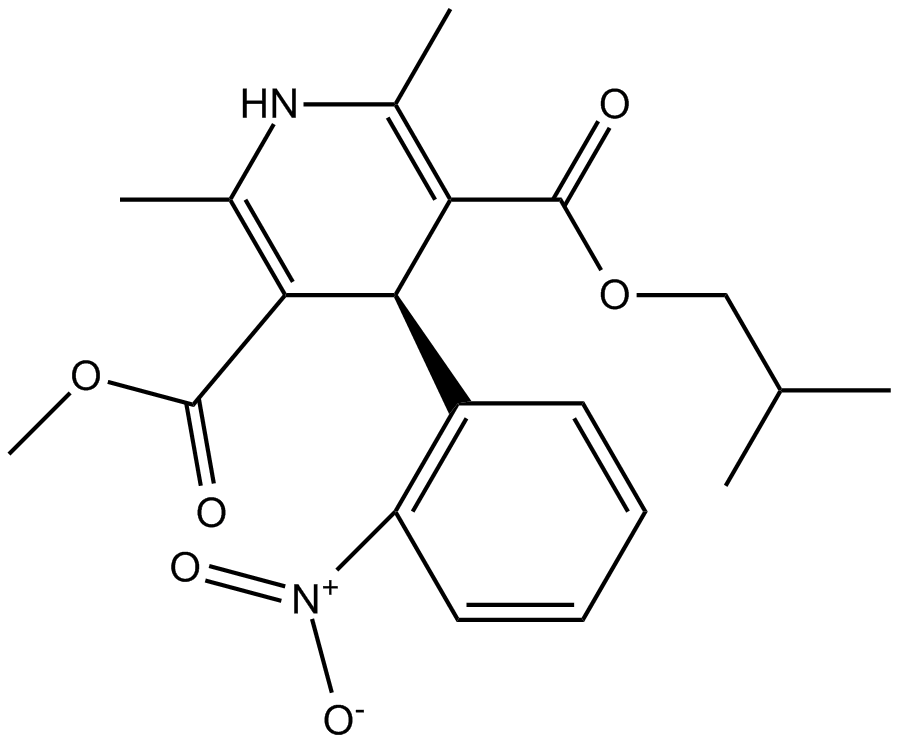
-
GC62196
Nisoldipine-d7
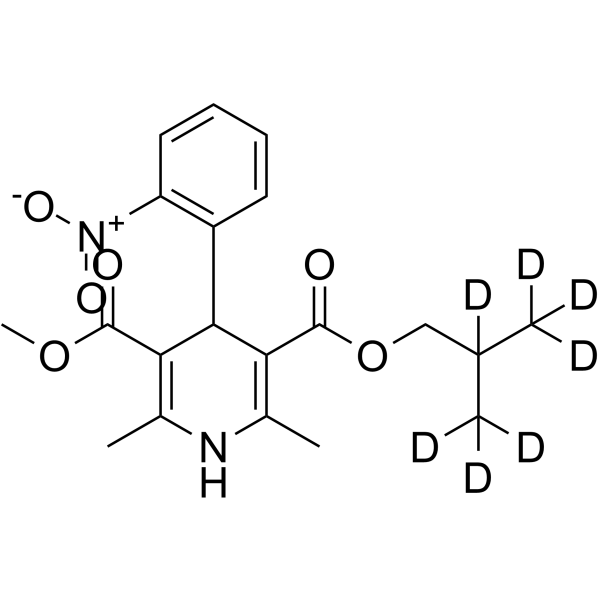
-
GC11660
Nitisinone
inhibitor of the enzyme 4-hydroxyphenylpyruvate dioxygenase
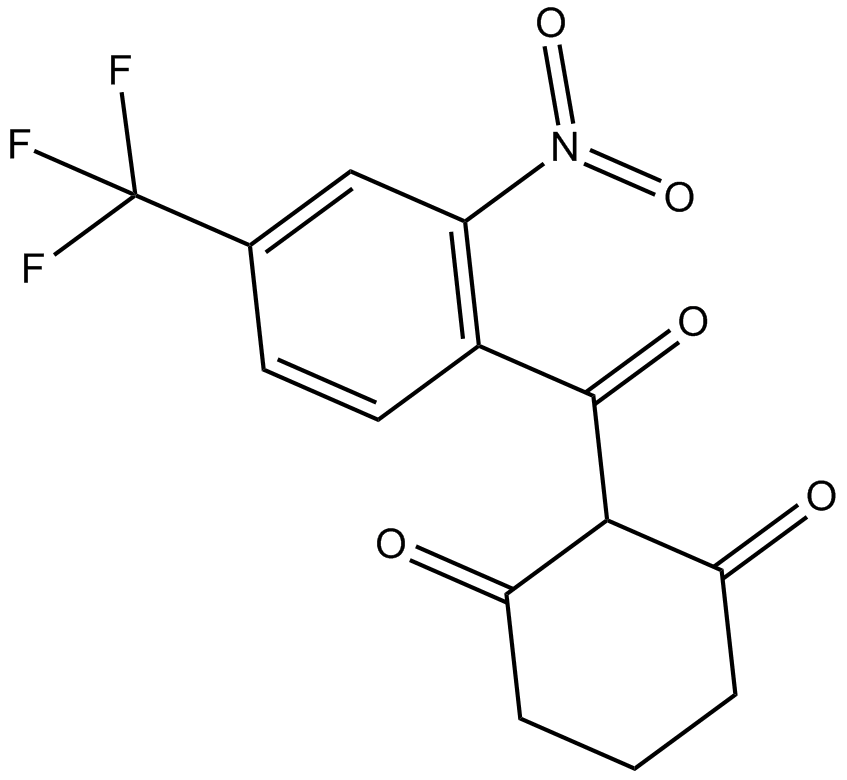
-
GN10325
Nobiletin
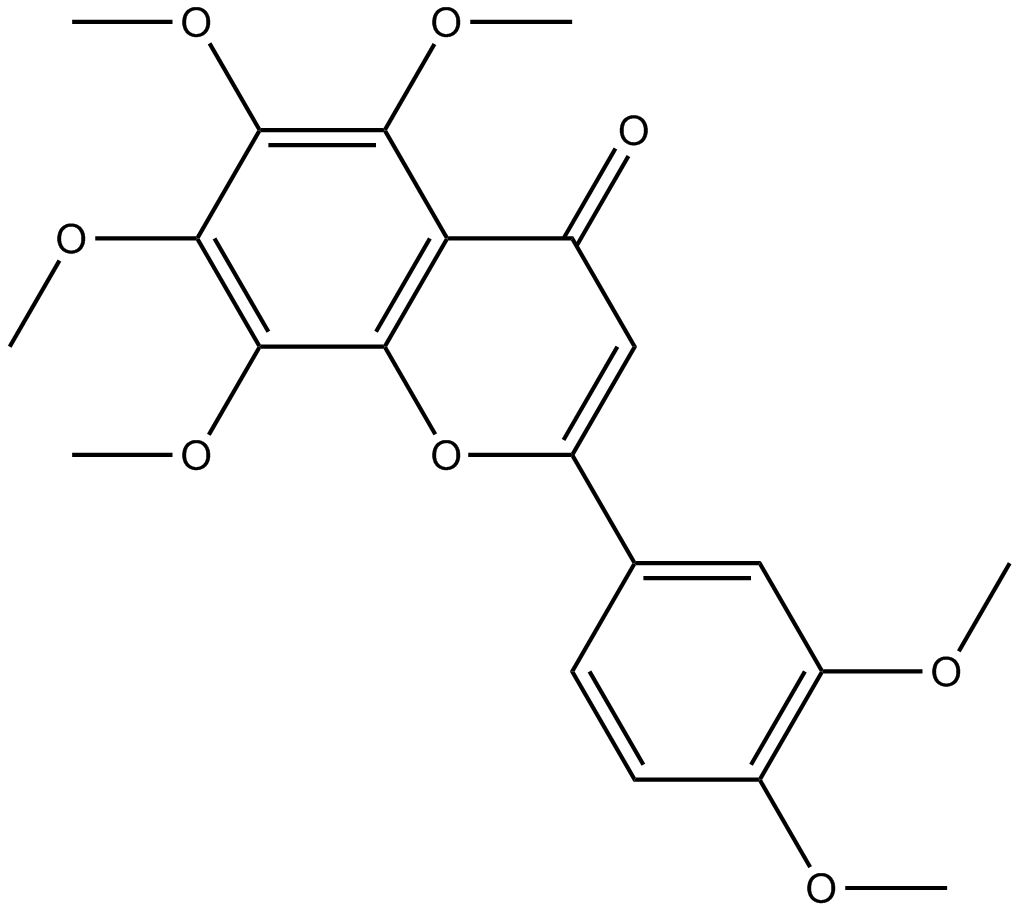
-
GC19765
Norbergenin
An O-demethylated derivative of bergenin
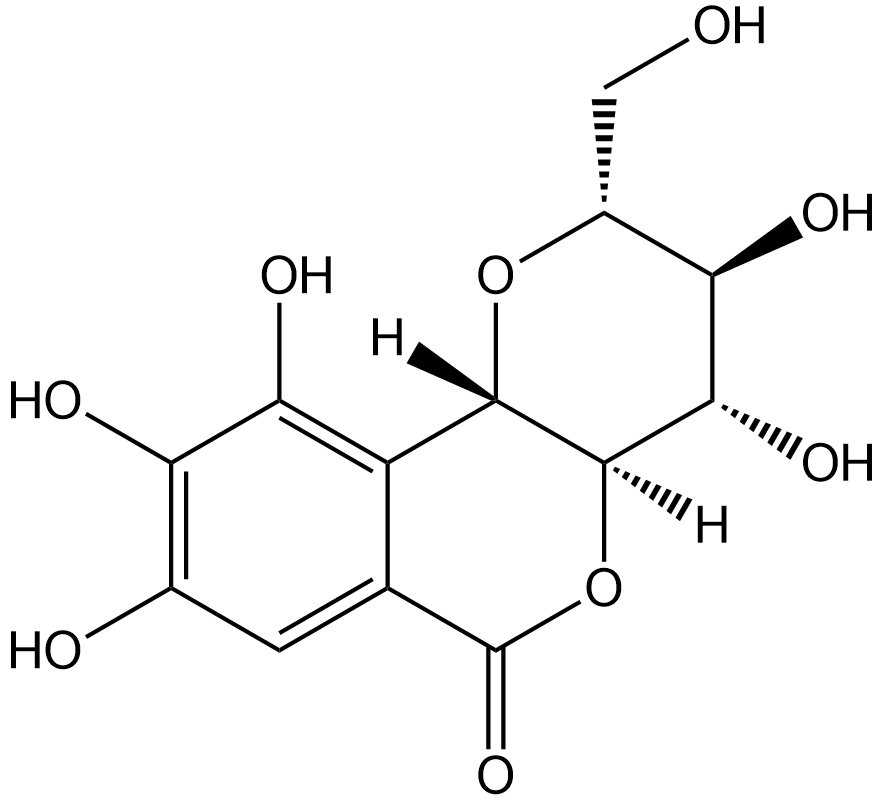
-
GC41152
Norgestrel
Progesterone is a steroid secreted by the corpus luteum and placenta.
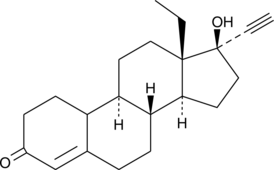
-
GC13345
NXY-059
NXY-059 (NXY-059) is the disulfonyl derivative of the neuroprotective spin trap phenylbutynitrone(PBN), both NXY-059, its parent PBN and their hydrolysis/oxidation product MNT are very powerful scavengers of free radicals.
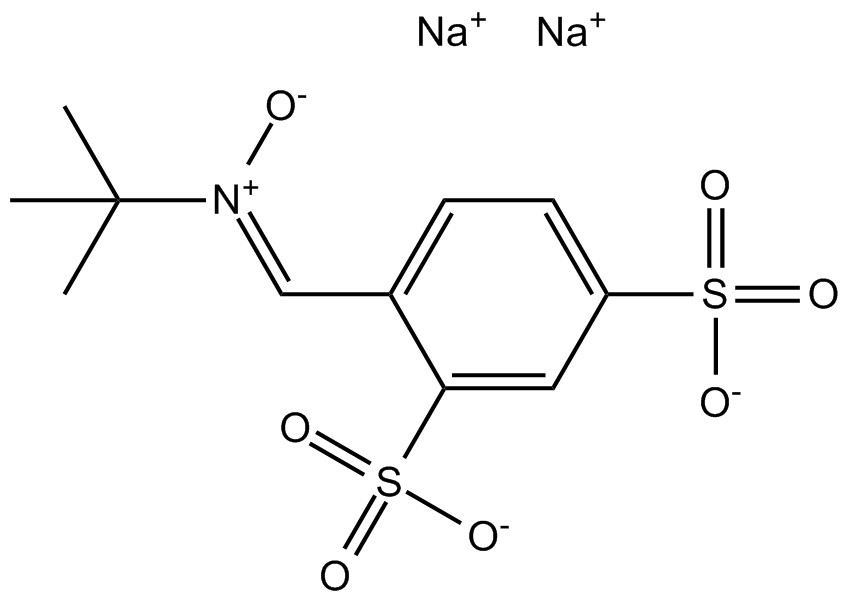
-
GC18673
OBA-09
A neuroprotective agent
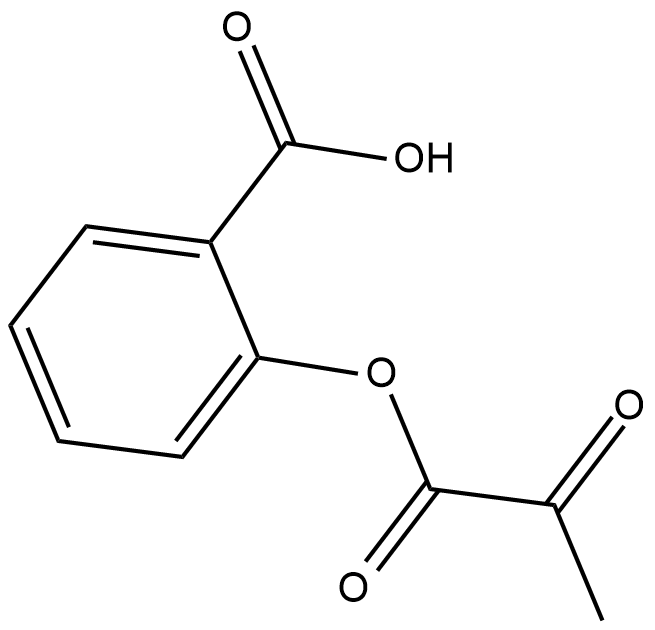
-
GC33444
Octahydrocurcumin (Hexahydrobisdemethoxycurcumin)
Octahydrocurcumin (Hexahydrobisdemethoxycurcumin) is a hydrogenated derivatives of curcumin; metabolite of curcumin.
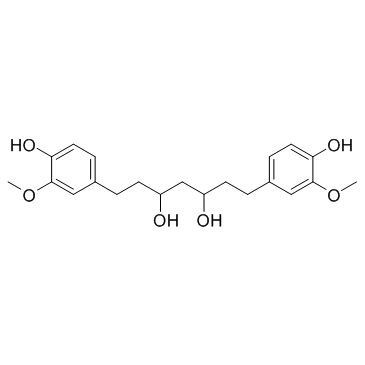
-
GC34694
Octyl gallate
Octyl gallate (Progallin O) is widely used as a food additive, with antimicrobial and antioxidant activity.
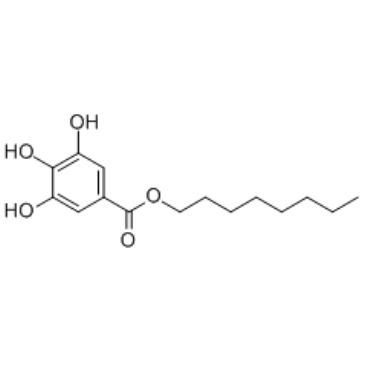
-
GC40921
Orsellinic Acid
Orsellinic acid is a fungal metabolite and benzoic acid derivative with antioxidant and neuroprotective activities.
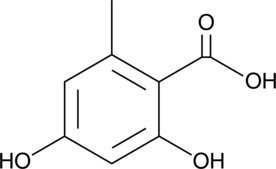
-
GC38973
Osmundacetone
Osmundacetone is a natural product isolated from Osmundae Rhizoma, with neuroprotective and anti-apoptotic effects.
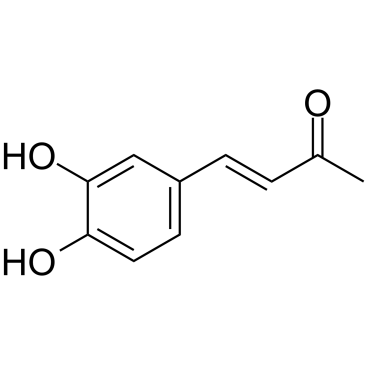
-
GC48703
Palmarumycin C3
A fungal metabolite
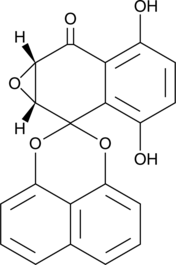
-
GC49422
PAR2 (1-6) amide (human) (trifluoroacetate salt)
A peptide agonist of PAR2
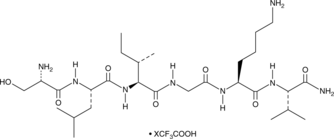
-
GC44589
Pelargonidin (chloride)
Pelargonidin is a natural polyphenolic anthocyanidin that gives rise to red pelargonidin glycosides in plant petals and other parts.
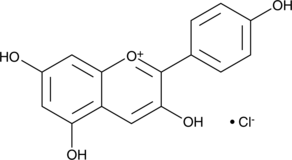
-
GC47932
Pelargonidin 3-O-glucoside (chloride)
Callistephin (Pelargonidin 3-O-glucoside) chloride is an anthocyanin that can be found in strawberries and chokeberries.
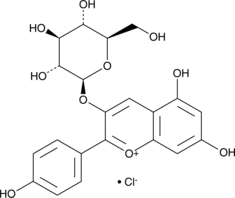
-
GC44594
Pentafluorobenzenesulfonyl fluorescein
Reactive oxygen species (ROS) play important roles in the initiation and progression of many disease processes.
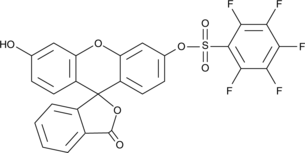
-
GC45777
Peonidin 3-O-glucoside (chloride)
An anthocyanin with diverse biological activities
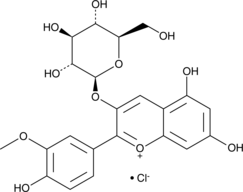
-
GC44602
Peroxynitrite
Formed in vivo by the reaction of NO with superoxide

-
GC49015
Phenethyl isothiocyanate
An isothiocyanate with anticancer activity
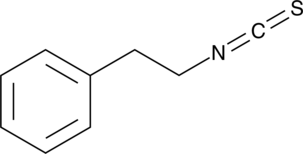
-
GC30080
Phillygenin (Phillygenol)
Phillygenin (Phillygenol) (Phillygenol) is an active ingredient from Forsythia with many medicinal properties, such as antioxidant, reducing blood lipid, inhibition of low density lipoprotein oxidation.
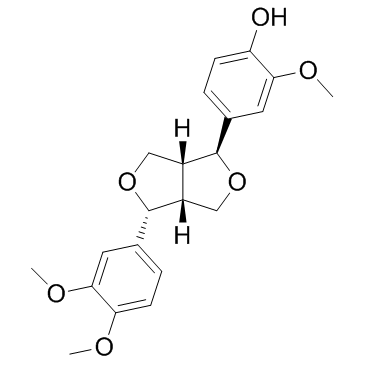
-
GC47955
Phloroglucinol
A phenol with diverse biological activities
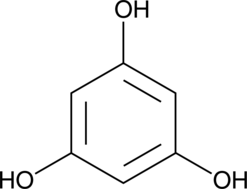
-
GN10778
Picroside II
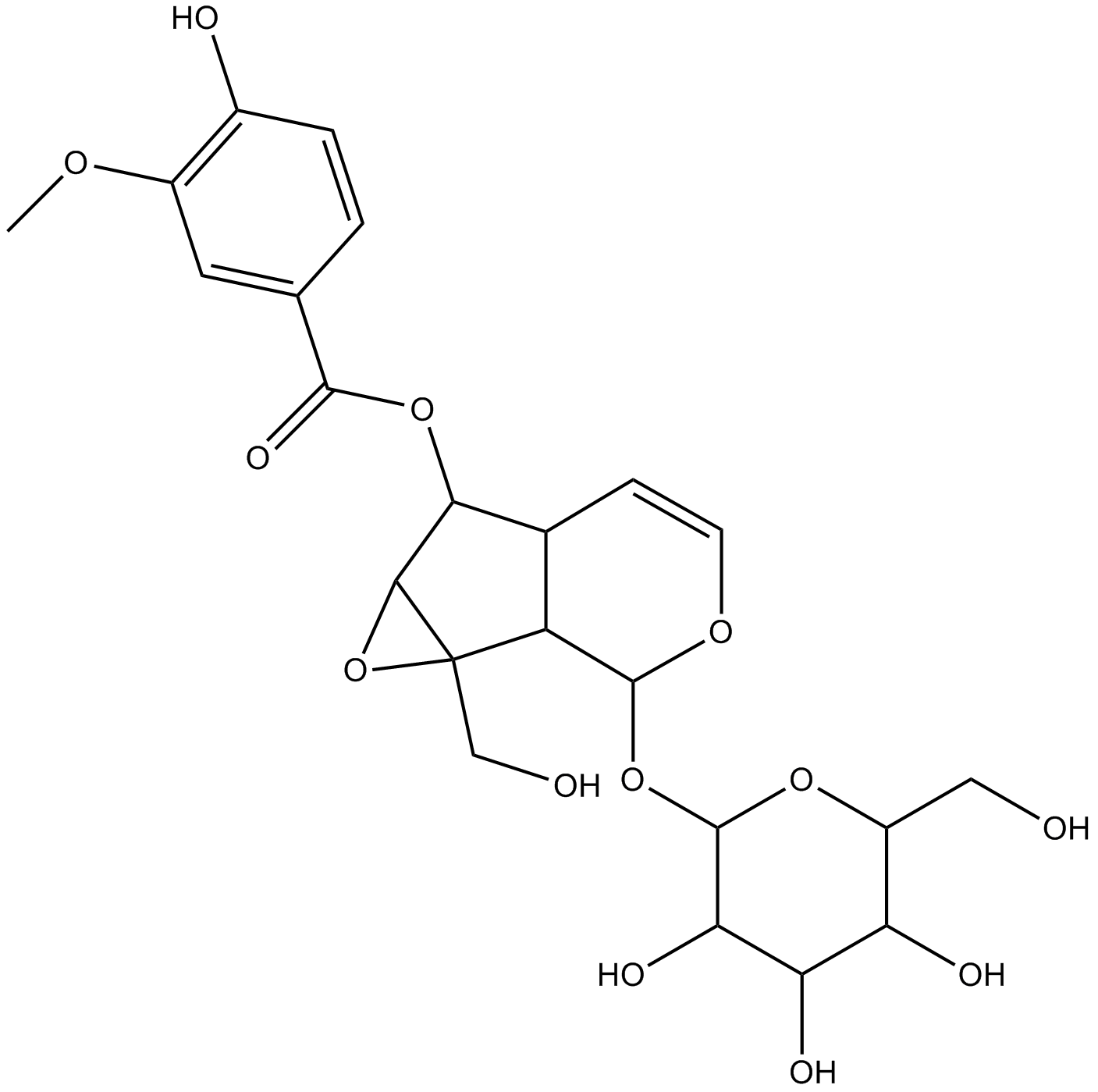
-
GN10120
Pinocembrin
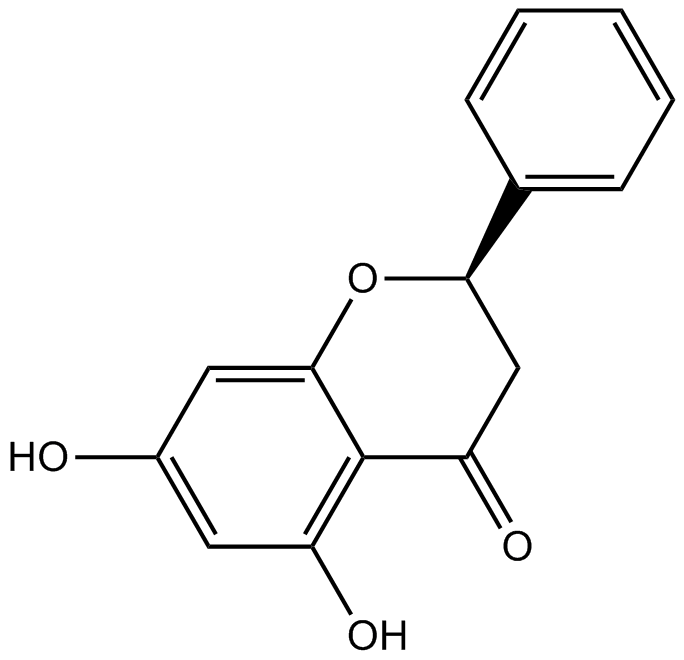
-
GC10282
Piperlongumine
An alkaloid with anticancer and antioxidant activities
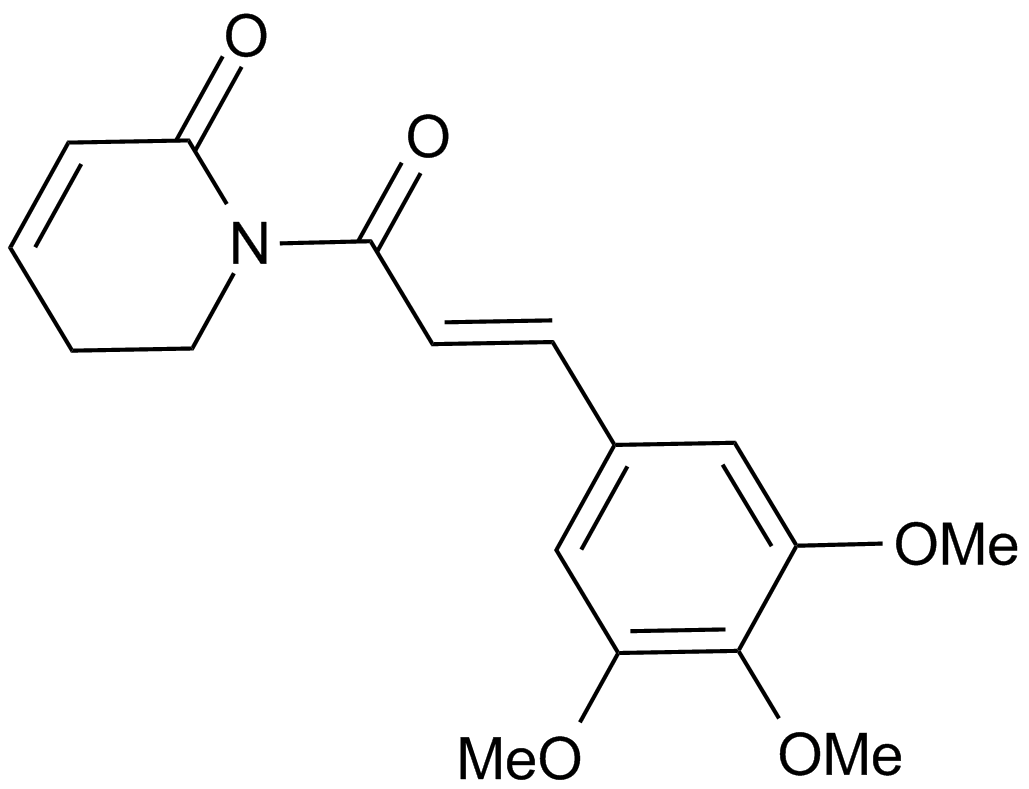
-
GC32946
PK11007
PK11007 is a mild thiol alkylator with anticancer activity. PK11007 stabilizes p53 via selective alkylation of two surface-exposed cysteines without compromising its DNA binding activity. PK11007 induces mutant p53 cancer cell death by increasing reactive oxygen species (ROS) levels.
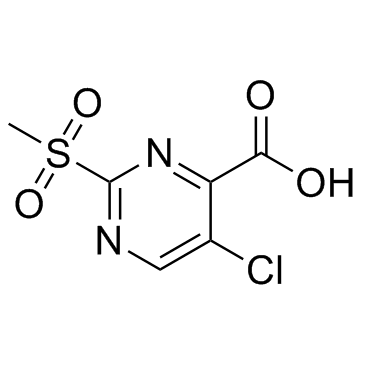
-
GC46019
Pluviatolide
A lignan
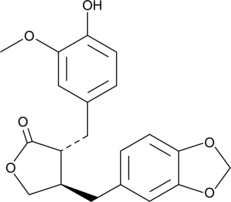
-
GC44670
PPA
PPA is the product of peroxidase-catalyzed reduction of PPHP.

-
GC44672
PPHP
PPHP is a substrate for the measurement of peroxidase enzymes.

-
GN10599
Procyanidin B2
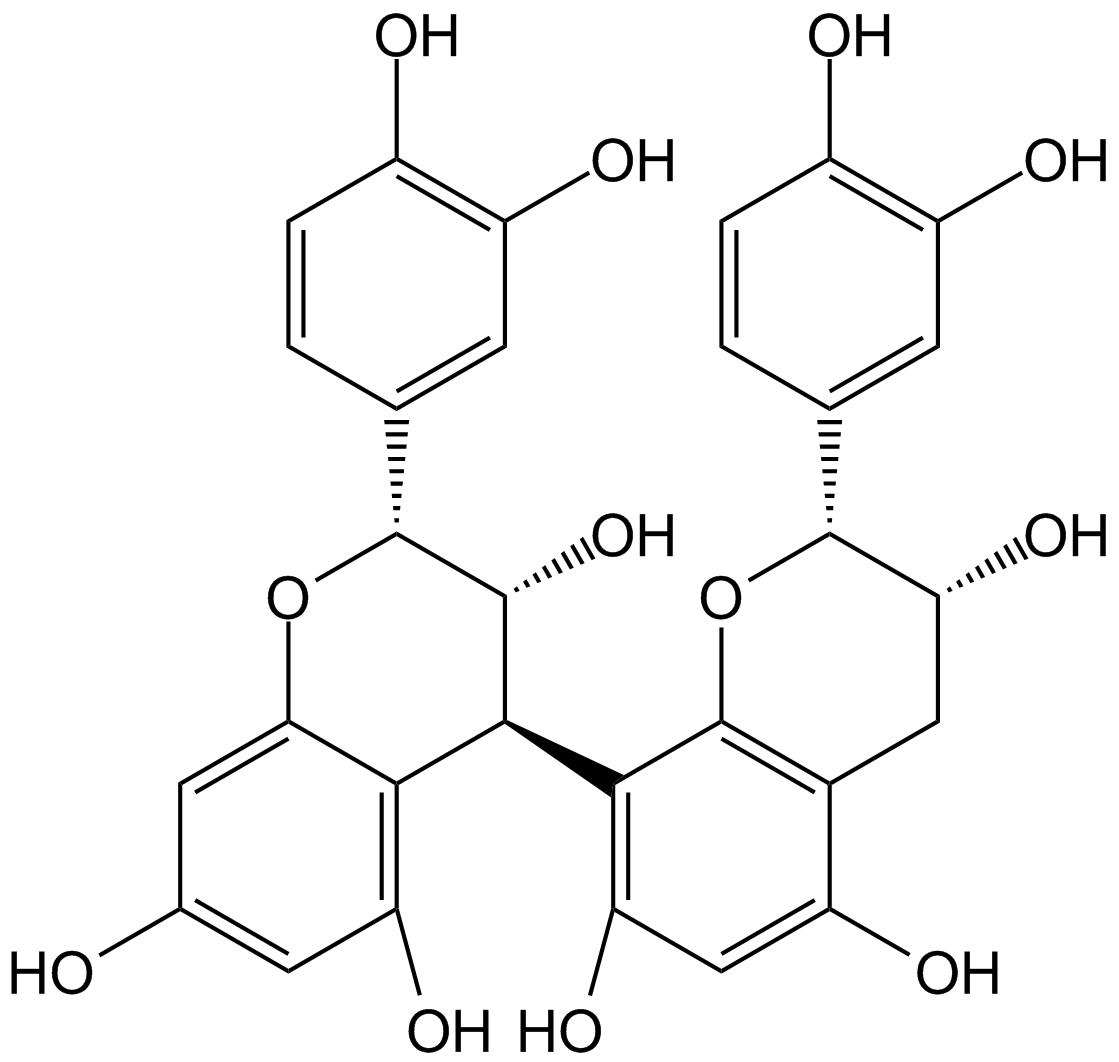
-
GC47977
Propiconazole
A broad-spectrum triazole fungicide
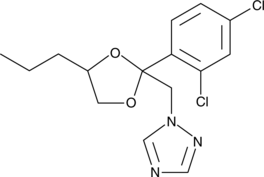
-
GC47979
Propiconazole-d7
An internal standard for the quantification of propiconazole
